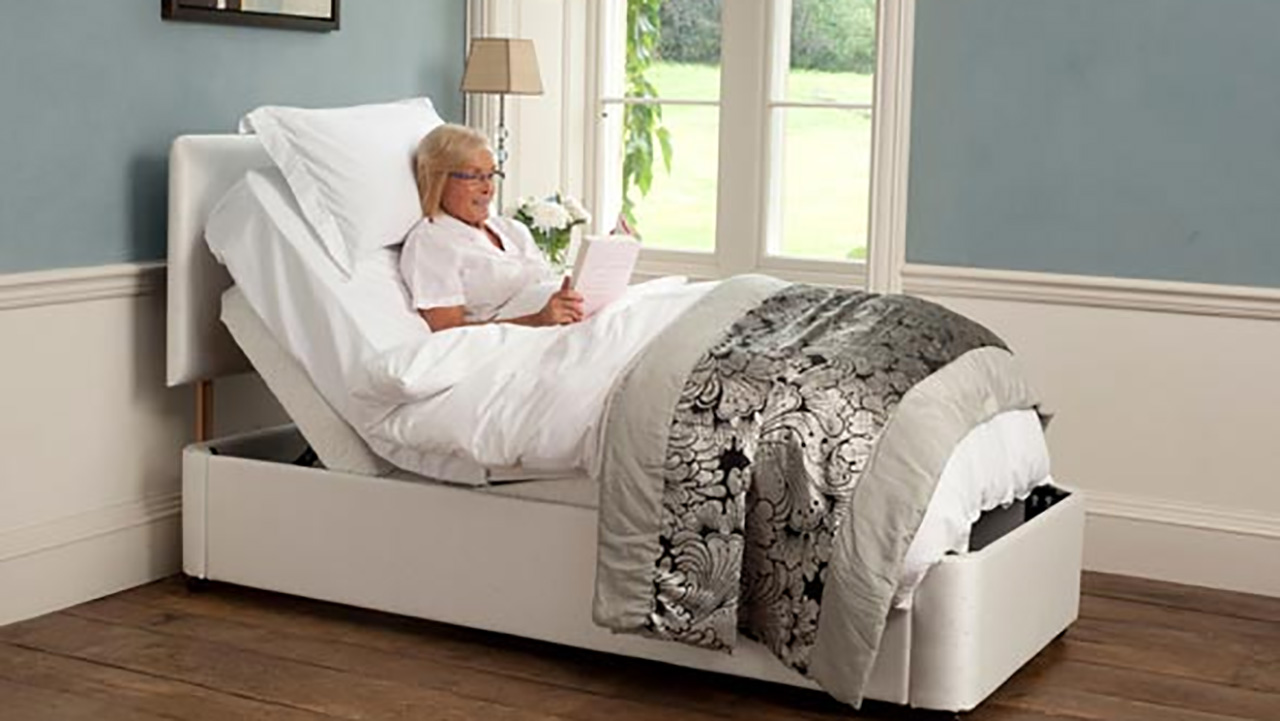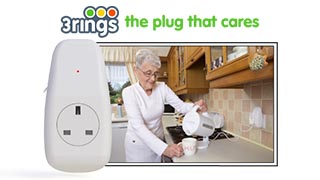What is live-in homecare?
When it comes to caring for an elderly parent, we all want to ensure they are happy, healthy, and able to enjoy later life as much as possible.
If one of your parents is no longer able to care for themselves – whether through old age or an illness – it’s a difficult and emotional time and it’s important to choose care that best suits your parent’s needs. There are many factors and options to consider, both in terms of the type of care you opt for and which provider is the most appropriate. Live-in homecare is a lesser-known alternative to residential care homes, but one which is growing in popularity as a viable option for the elderly and their families.
Live-in homecare – the basics
Live-in homecare is just that: personal carers who live in their client’s home, 24 hours a day. Everyone has different care requirements and live-in homecare allows people to stay in familiar surroundings with the very highest standards of personally tailored, professional care.
This service is not just about giving essential support, such as washing, dressing, preparing meals and help with medication, live-in homecare provides housekeeping and companionship too. Many carers and nurses are also specially trained to cope with particular conditions, such as dementia, Parkinson’s, stroke, MS or palliative care. Even tasks like general admin in today’s digital world creates all kinds of challenges and live-in carers are on-hand to manage that too. Very importantly they can also help clients enjoy some of the things in life they once did, for example inviting friends over for lunch or baking a cake.
What are the benefits of live-in homecare?
With no rigid rules or timetables, each day is planned around the client, giving a sense of independence and dignity. Really getting to know an elderly person is one of the key advantages of live-in homecare. Everyone has their own routines and preferences. For someone with dementia, something as simple as knowing how they like their toast – how crispy, whether they like their butter cold or soft, or cut on the diagonal – can make a big difference. Live-in homecare is about caring for the whole person, not just an age or health issue.
There is overwhelming evidence to suggest that this kind of constant, considered, one-to-one care produces a far better experience for the vast majority of people. The freedom of being able to ask for a favourite meal, see a football match, sit with a much-loved pet, or be taken to seaside on a sunny day means quality of life is truly enhanced.
How much does live-in homecare cost?
For most people, full-time care represents a significant financial outlay but live-in fees can compare very favourably with those of residential homes, especially where couples are looked after together, which can work out significantly less. Where full time care is required and a person’s primary need is a health need, all of their care fees could be paid by the NHS through NHS Continuing Healthcare. In all cases, talking to a financial advisor who specialises in later life planning is essential.
How are live-in carers vetted?
Good carers love what they do. They tend to be people with a special balance of dedication, reliability and compassion, combined with sociability, good humour and common sense.
Such are the very high standards required of live-in carers, Live-in Homecare Information Hub member companies normally reject between 92 to 95 per cent of applicants. Each company will have its own individual vetting procedures, but they typically include several interviews, psychometric testing, DBS and work permit checks, written references, ID and qualification verifications.
Live-in carers tend to come from a variety of backgrounds, some having previously worked in nursing or care, while others arrive at caring as a career after looking after family members. The majority will have care experience and show genuine commitment to the very highest standards of care.
Live-in homecare minimises hospital admissions
Live-in homecare offers a very efficient and effective solution to one of the NHS’s major issues: that of hospital bed blocking. With experienced carers on hand to provide a safe and proactively monitored convalescence environment at home, carers undertake around 85% of the work conducted by nurses and often work under the auspices of Macmillan and community nurses, freeing up their time. Live-in nurses are also available.
As Trudi Scrivener, managing director of Universal Care, one of the founder members of The Live-In Homecare Hub explains: “Live-in homecare means patients have their own evolving personal care plans and this ongoing bespoke attention means they’re far less likely to suffer from falls, skin conditions and urinary tract infections (UTIs), or other infections due to early detection from one-to-one supervision and observation. This has a knock-on effect in terms of releasing the pressure on NHS A&E departments and significantly mitigates the risk of hospital readmissions.”
In fact, a third of all people aged over 65 fall each year and falls represent over half of hospital admissions for accidental injury. Half of those with hip fracture never regain their former level of function. Similarly UTIs are the most common non-respiratory infection in care homes, with an incidence rate of up to 50% as environments provide the opportunity for transmission of infection. This is in stark contrast to a survey1 by The Good Care Group, which found a UTI incidence of approximately 0.35 incidents per client, per year. These infections drive falls, behavioural challenges and deterioration in health, resulting in increased hospital admissions. Live-in carers are trained to identify the symptoms early so that, where they do occur, the correct medical treatment can be sought.
Live-in homecare options
There are two models of live-in home care: full management and introductory live-in homecare. Choosing one service over the other is a matter of personal choice; one may be more appropriate depending on an individual’s personal circumstances and those of their family. With full management, the company providing the care employs and trains its carers and oversees all aspects of care. It suits families with significant other demands on their time. Introductory care service is where agencies do not employ carers directly. They are self-employed contractors responsible for their own tax and NI contributions, and are paid directly by clients or their families. This is appropriate for families keen to be closely involved and ‘hands-on’.
Find out more about live-in homecare
If you would like to find out more about whether live-in homecare is right for your family, Stayinmyhome is a valuable information resource. Developed by The Live-in Homecare Information Hub – a coalition of 13 leading live-in homecare providers – the site illustrates how, with the right professional support, elderly people can stay in their home right through to the end of life.
1The Good Care Group: Client Outcome Monitoring Jan 2015











